Hepatocytes and hepatoblasts
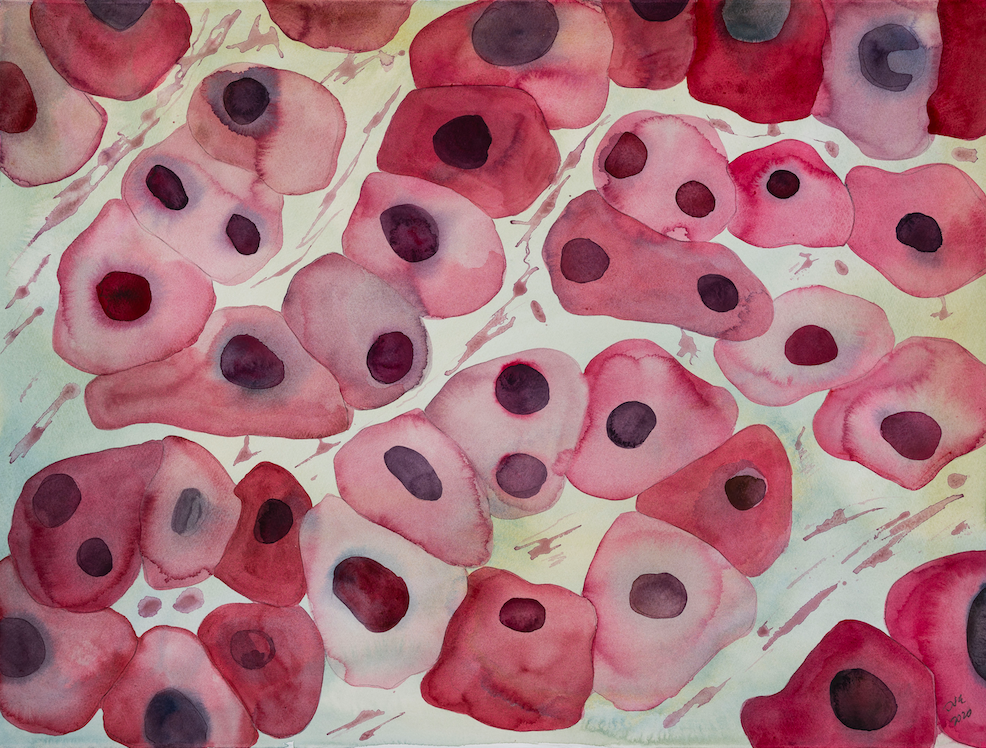
Biorelevant culture of liver cells on Biolaminin substrates
Several laminins play a vital role in liver progenitor cell-mediated regeneration
The liver contains several different laminin (LN) isoforms that play important roles in development, liver tissue homeostasis, organization, and regeneration. Hepatic progenitor cells (HPCs) are always closely associated with a laminin-rich basement membrane. Several Biolaminin substrates have been shown to promote attachment and to maintain the cell viability of human primary hepatocytes in culture (Watanabe, 2016). In addition to laminin 521 and 111 being relevant isoforms in the liver, laminin-411 was identified as a key niche protein, advancing iPS-derived hepatocytes toward functional significance and prolonging the survival of hepatic progenitor cells (Ong, 2018).
After an injury, laminin accumulates around the progenitors and the laminin-liver progenitor cell interactions are critical for hepatic progenitor cell-mediated regeneration (Carvalho, 2008; Lorenzini, 2010). Murine regeneration models show that the alpha-1, alpha-2, alpha-4, and alpha-5 laminin chains increase in association with HPC activation and that laminin alpha-5 containing matrix (laminin 511 and laminin 521) is deposited around HPCs during regeneration. Moreover, the alpha-5 laminin matrix promotes HPC attachment, migration, and maintenance (Kallis, 2012; Klaas, 2016).
Biolaminin 521 promotes quiescence in isolated hepatic stellate cells
Laminin proteins are critically involved in hepatic stellate cell (Whisks) function. The hepatic stellate cells (HSCs) are liver-resident mesenchymal stem cells that are critical for liver regeneration and can contribute to fibrosis in chronic liver diseases. The HSCs reside in a quiescent state in the space of Dissé on a basement membrane-like structure that contains a5 laminins. Biolaminin 521 supports the quiescent state of the HSCs (Rohn, 2018). In the study, Biolaminin 521 improved HSC adhesion and better preserved their retinoid stores as well as quiescence- and stem cell-associated phenotype, whereas HSC cultured on uncoated polystyrene plates or plates coated with non-relevant laminin isoforms developed into myofibroblasts-like cells. In addition, laminin-functionalized, gold-nanostructured glass surfaces further enhanced the expression of quiescence-associated genes in the HSCs.
The culture of hepatic stellate cells (HSCs) on nanostructured surfaces functionalized with Biolaminin 521 was shown to enhance hepatocyte growth factor (HGF) expression in HSC, demonstrating that laminin proteins are critically involved in HSC function (Rohn, 2020). HGF is an essential inductor of liver regeneration which is impaired during aging. The integrin α5 knockout in HSC reduces laminin expression via mechanosensory mechanisms. The findings suggest that impaired mechanosensing via integrin α5β1 in HSC contributes to the age-related reduction of ECM and HGF release that could affect liver regeneration.
Biolaminin substrates support effective, GMP-ready, hepatocyte differentiation
In a publication by Cameron et al., the authors show that the culture of human ES cells (hESC) on human recombinant Biolaminin 521 and Biolaminin 111 substrates significantly improved hepatocyte differentiation, maturation, function, and stabilization of phenotype compared to Matrigel cultured cells (Cameron, 2015). The authors published a JoVE protocol that describes the scalable and GMP-ready differentiation process (Wang, 2017). The results presented in the paper represent a significant advance compared to any previously published data, especially regarding metabolic activity and functional cell organization.
Biolaminin 521 was also used as a stage-specific matrix to effectively guide the hepatic specification of pluripotent stem cells (Kanninen et al. 2016). The expression of laminin 521-specific integrins increases during definitive endoderm and hepatic specification. hPSC-derived hepatic cells differentiated on Biolaminin 521 show up-regulation of liver-specific protein markers, secreted human albumin, stored glycogen, and exhibited cytochrome P450 enzyme activity and inducibility. A screening of the acellular matrix produced by the popular hepatic tumor cell line HepaRG shows that laminin isoforms 521 and 511 and fibronectin are highly expressed, however, fibronectin was not a vital matrix protein for the generation of definitive endoderm cells.
Hepatic progenitor cells can be effectively expanded and maintained on Biolaminin 111 in vitro
Isolated and hESC-derived hepatic progenitor cells can be effectively expanded with a maintained phenotype on Biolaminin 111. The group of Mizuguchi shows that Biolaminin 111 is optimal for maintenance and clonal expansion of homogenous populations of hESC and hiPSC derived hepatoblasts (Takayama, 2013). The hepatoblasts were efficiently expanded on Biolaminin 111 for more than 15 passages with maintained phenotype and could thereafter be further differentiated into both hepatic and biliary lineages. Moreover, since pluripotent stem cells cannot survive and self-renew on Biolaminin 111, residual, undifferentiated cells are effectively eliminated from the differentiated hepatoblast population by the matrix itself, an important mechanism from a therapeutic aspect. When transplanted in CCl4-treated immunodeficient mice, the laminin-cultured hepatoblasts successfully engrafted and albumin-positive cells were observed in the liver of the transplanted mice.
Succeed with your application
-
Protocol for automated production of human stem cell derived liver spheres
Jose Meseguer-Ripolles, Alvile Kasarinaite, Baltasar Lucendo-Villarin, David C Hay. STAR Protoc, 2021
 Read more
Read more
-
Protocol: Defined and Scalable Generation of Hepatocyte-like Cells from Human Pluripotent Stem Cells
Wang Y., Alhaque S., Cameron K., Meseguer-Ripolles J., Lucendo-Villarin B., Rashidi H., Hay D.C. JoVE, 2017
Read more -
Application note 010: Hepatocyte differentiation on Biolaminin substrates
Full-length laminins support stem cell-derived differentiation and primary hepatocyte culture
Open pdf -
Instructions 001: Coating with Biolaminin substrates
Protocol and concentration calculations for coating cultureware with Biolaminin
Open pdf -
Laminin-511 and laminin-521 based matrices for efficient hepatic specification of human pluripotent stem cells
Kanninen L.K., Harjumäki R., Peltoniemi P., Bogacheva M.S., Salmi T., Porola P., Niklander J., Smutny T., Urtti A., Yliperttula M.L., Lou Y-R. Biomaterials, 2016
Read more -
A Chemically Defined Hydrogel for Human Liver Organoid Culture
Ye S., Boeter J.W.B., Mihajlovic M., van Steenbeek F.G, van Wolferen M.E., Oosterhoff L.A., Marsee A., Caiazzo M., van der Laan L.J.W., Penning L.C., Vermonden T., Spee B., and Schneeberger K. Adv. Funct. Mater. 2020
Read more
What our customers say
“The use of recombinant laminins in conjunction with our differentiation systems have significantly advanced stem cell-derived hepatocyte performance and polarity. Importantly, those processes are now fully defined, and GMP ready, offering an exciting prospect for human regenerative medicine”

Dr. David Hay
University of Edinburgh, UK
Biolaminin Key Advantages
Biolaminins enable scalable, GMP-ready protocol for hepatocyte differentiation. Biolaminin 521 improves hepatocyte function, phenotype, and homogeneity, and increases P450 enzyme metabolic activity. Biolaminin 111 allows efficient maintenance and expansion of hPSC-derived hepatoblasts for >15 passages.
Specific laminin isoforms are present in different tissue microenvironments and are essential for cell survival, proliferation, and differentiation. Biolaminin products allow you to imitate the natural cell-matrix interactions in vitro.
All our matrices are chemically defined and animal origin-free, which makes them ideal substrates for each level of the scientific process – from basic research to clinical applications.
Our products have consistent composition and quality. This enables minimized variability between experiments.
Numerous scientists have found our products and finally succeeded in their specific stem cell application. The power of full-length laminins incorporated into various cell systems is well documented in scientific articles and clinical trials.
Recommended products
-
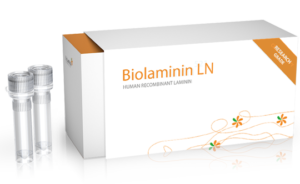
Biolaminin 521 LN (LN521)
Full-length human recombinant laminin-521
Biolaminin 521 LN is a full-length laminin-521 substrate—the natural laminin for pluripotent stem cells, reliably facilitating ESC and iPSC self-renewal in a chemically defined, xeno-free stem cell culture system. It also uniquely promotes the growth and identity of various tissue-specific human cell types.View product -

Biolaminin 111 LN (LN111)
Full-length human recombinant laminin-111
Biolaminin 111 is a full-length laminin-111 protein—an essential extracellular matrix component for many cell types in vivo. It has proven particularly effective in supporting the differentiation of functional hepatic and neural cells in a chemically defined and xeno-free culture.View product -
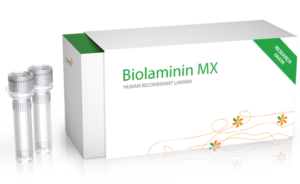
Biolaminin 521 MX (MX521)
Full-length human recombinant laminin-521
Biolaminin 521 MX is a full-length laminin-521 substrate designed for research aiming for clinical applications.View product -
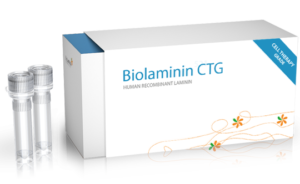
Biolaminin 521 CTG (CT521)
Full-length human recombinant laminin-521
Biolaminin 521 CTG is a full-length laminin-521 substrate designed for clinical applications.View product
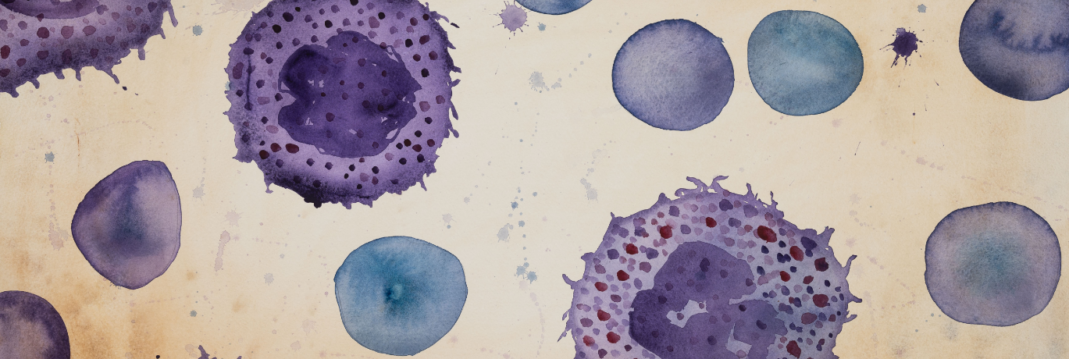
Talk to our team for customized support
We are here to help you in your journey.